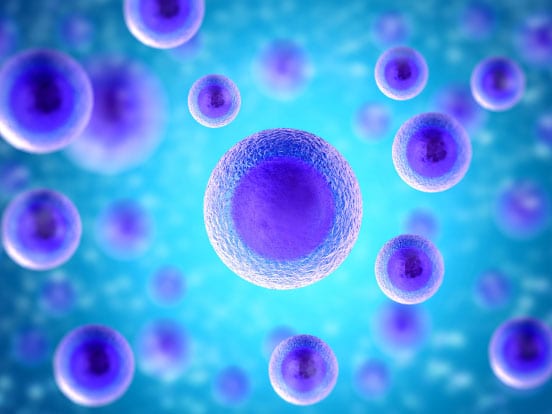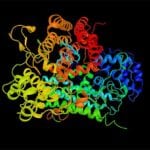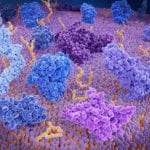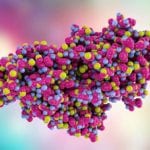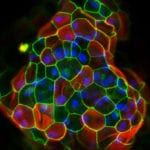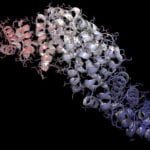Categories
Immunotherapy Cell Lines
Stable cell lines expressing a variety of key immunotherapy targets (PD-1, PD-L1, IDO1, and more)
Fluorescent
Ready-to-use stable cell lines constitutively expressing fluorescent proteins (GFP, YFP, CFP, or YFP)
Reporter Cell Lines
Monitor the activation of intracellular signaling pathways with our collection of reporter cell lines
Receptors and Transporter Cell Lines
Ready-to-use stable cell lines expressing key receptors and transporter proteins
Disease Models
Aid your understanding of diseases with our cancer cell lines derived directly from patient tumors, iPSC-derived neurons and more
